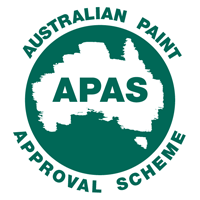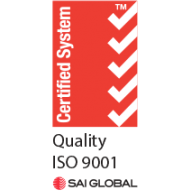Steel protective coatings.
Protective coatings for steel are formulated and applied to millions of square meters of steel each year with the aim of avoiding or delaying aesthetic and structural degradation and providing a predictable service life to structural steel, machinery & equipment, ships, transport vehicles……. Unfortunately, in each of these industries and many more, the risk of coating failure coating is always paramount.
At the top of the list is paint delamination.
What is Paint delamination?
Paint delamination is the separation of one coating from another – inter-coat adhesion failure, or the separation of the coating from the substrate – substrate adhesion failure.
Between the layers of coating and between the substrate and the coating, there must be adhesion to prevent the coating from falling off the base.
What causes paint delamination?
One of the most critical aspects of and effective coating application is achieving proper coating adhesion between either the substrate and the coating or between the coating itself. Many variables come into play that leads to substrate or inter-coat adhesion failure there are several common mistakes.
The top 4 common mistakes are:
- Inadequate or non-existent blast profile on the substrate:
– Abrasive blasting is the best way to create a suitable profile on a steel substrate. Not only doe sit remove mill scale, rust, and previous coatings, it is also the best way to ensure maximum coating adhesion. An insufficient profile or no profile at all can greatly affect the way the coating adheres to the surface or if it adheres at all. - Poor preparation of previously painted surfaces:
– Like insufficient blast profiles, poor preparation on previously painted can lead to catastrophic adhesion failure. When overcoating fully cured painted surfaces, a mechanical bond between the old and new coating is vital. Again, a profile on the surface needs to be achieved so the new paint can key into the existing coating. - The presence of surface contamination:
– Any dirt or contaminates such as salt on a surface prevent the coating from achieving optimum adhesion. Surfaces can be contaminated after surface preparation. A surface contaminated with salt can lead to both short and long term failure. The salt will cause the substrate to corrode and pull moisture through the coating. - Surface Temperature:
– When the surface is too hot, this forces the solvent out of the paint to quickly resulting in the paint not adhering as it should. When the surface is too cold, condensation can begin to form which can make the steel vulnerable to flash rusting and corrosion. It can also affect the properties of the paint and weaken the bond between the substrate and the coating.
Whilst the causes of paint delamination vary and are caused by both the paint and the environment, ultimately it is following correct preparation methods and procedures that will lessen the risk of paint delaminating from the surface.





